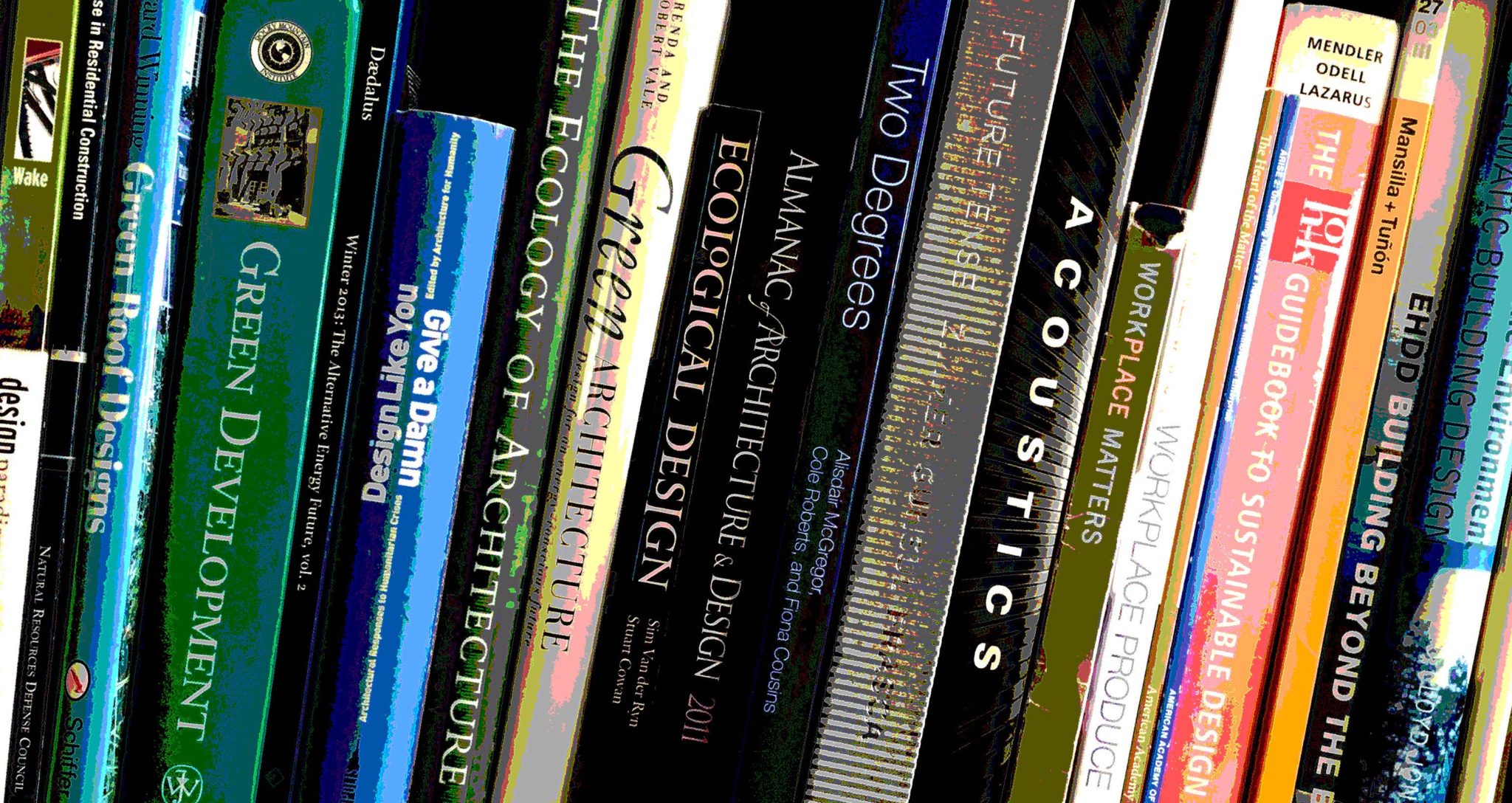Central to CBE’s mission is the wide dissemination of research results, design guidance and information of value both to industry practitioners and academia. Our research has been documented in hundreds of journal papers, conference proceedings, articles, reports and “internal reports” that document preliminary findings for consortium members.
A complete list of CBE publications and reports can be found on our publication list, updated April 2023:
Center for the Built Environment Research Publication & Reports List (PDF)
Papers and publications by CBE research and faculty are available on the eScholarship Repository, an open and searchable repository from the University of California:
Go to eScholarship to search all CBE publications
Featured Publications
Fall 2023
Fans for Cooling People Guidebook
Using fans alone or in coordination with HVAC systems to cool people offers several significant enhancements compared to conventional HVAC systems, including improved thermal comfort, indoor air quality, air distribution, energy savings, and initial cost savings. Despite the numerous benefits of fans and fan-integrated systems, comprehensive resources have previously been unavailable to guide engineers and architects in designing and implementing such systems. The purpose of this guideline is to address this gap and provide practitioners with valuable materials and answers to common questions.
December 2023
CBE Clima Tool: A free and open-source web application for climate analysis tailored to sustainable building design
The CBE Clima Tool (Clima) is a free and open-source web application that offers easy access to publicly available weather files and has been created for building energy simulation and design. It provides a series of interactive visualizations of the variables contained in the EnergyPlus Weather Files and several derived ones like the UTCI or the adaptive comfort indices. Our tool is poised to revolutionize climate-adaptive building design, transcending geographical boundaries and fostering innovation in the architecture and engineering fields.
November 2023
A perspective on tools for assessing the building sector's greenhouse gas emissions and beyond
This study assessed the influence of having a window with a view on thermal and emotional responses as well as on cognitive performance. Positive emotions (e.g., happy, satisfied) were higher and negative emotions (e.g., sad, drowsy) were lower for the participants in the window versus the windowless condition. Working memory and the ability to concentrate were higher for participants in the space with versus without windows, but there were no significant differences in short-term memory, planning, and creativity performance.
February 2021
Lessons Learned from 20 Years of CBE’s Occupant Surveys
This paper presents data collected from a widely used online POE tool: The Center for the Built Environment’s (CBE) Occupant Survey (more than 90,000 respondents from approximately 900 buildings) in order to summarize its database and evaluate the survey’s structure and benchmarking metrics. Satisfaction is highest with spaces’ ease of interaction (75% satisfied), amount of light (74%), and cleanliness (71%). Dissatisfaction is highest with sound privacy (54% dissatisfied), temperature (39%), and noise level (34%).

